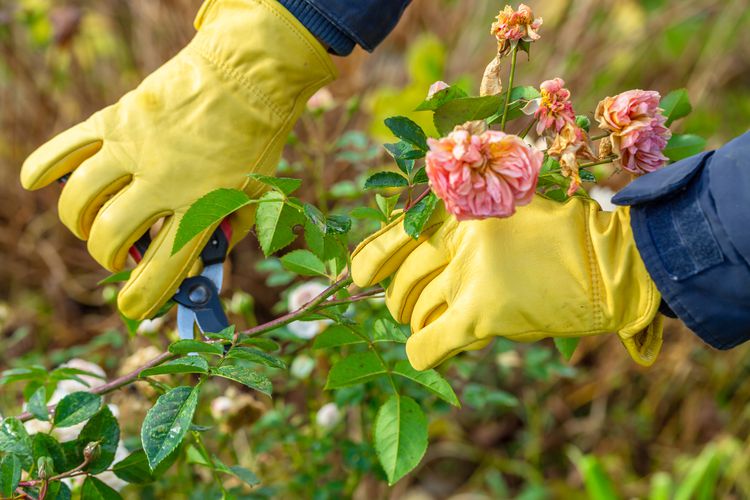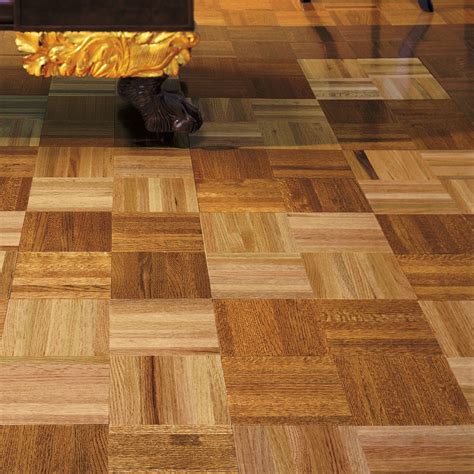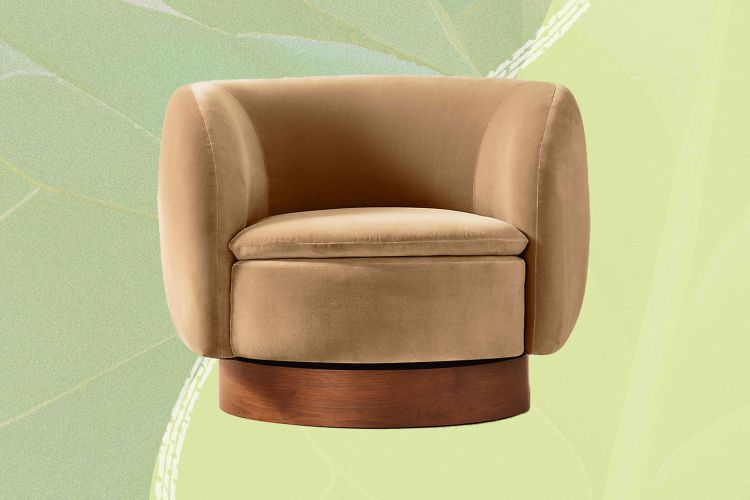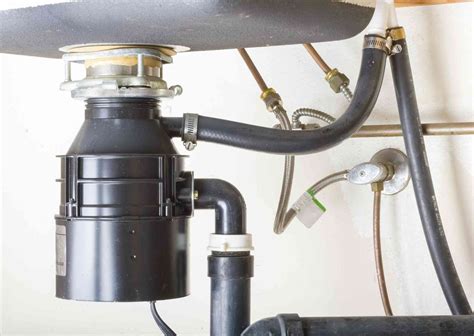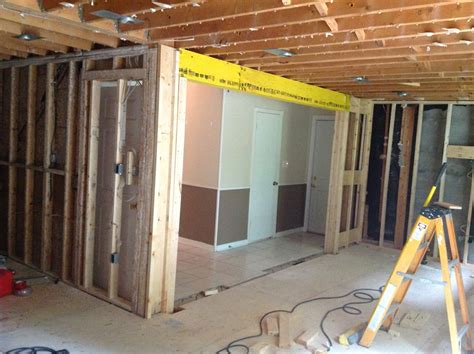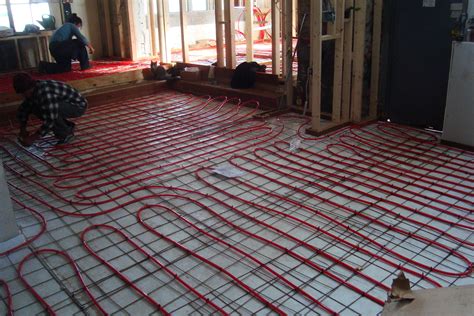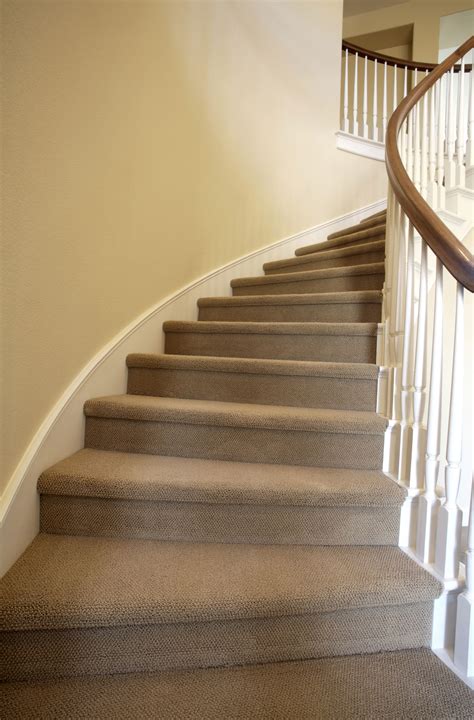
Introduction
Adding carpet to stairs is a popular choice for homeowners looking to enhance the comfort, aesthetics, and safety of their staircase. Whether you’re looking to freshen up worn-out stairs or reduce noise, carpeting can be a great solution. In this article, we’ll explore the different installation techniques, discuss the pros and cons of carpeted stairs, and provide insights into cleaning and maintenance.
When to Add Carpeting to Stairs
There are a few scenarios where adding carpeting to stairs is a suitable option:
1. Stairs Need Freshening
If your stairs are worn-out, scratched, or have an outdated appearance, adding carpeting can instantly rejuvenate their look. Carpeting can provide a fresh and stylish update to your staircase, enhancing the overall aesthetics of your home.
2. Stairs Are Noisy
Hardwood or laminate stairs can be noisy, especially in homes with multiple levels. Carpeting absorbs sound and reduces the noise created by foot traffic, making your stairs quieter and more comfortable to walk on.
Stair-Carpeting Installation Techniques
When it comes to installing carpet on stairs, there are two primary techniques:
1. Waterfall Technique
The waterfall technique involves draping the carpet over the edge of each stair and securing it underneath. This technique creates a seamless and smooth appearance, with the carpet flowing down the stairs like a waterfall.
2. Cap-and-Band Method
The cap-and-band method involves installing a separate carpet piece for each stair tread and riser. The cap is the part that covers the tread, while the band wraps around the nosing of the stair. This method provides a more tailored and defined look to each step.
3 Ways Carpeted Stairs Are Hazardous
While carpeted stairs offer various benefits, it’s important to consider some potential hazards:
1. Stair Treads Are Eased
Carpeting on stairs can make the individual steps slightly rounded due to the padding and carpet thickness. This rounding, known as easing, may take some time to get used to and can increase the risk of tripping or misstepping.
2. Depth Perception Is Altered
Carpeting can alter the visual perception of stair dimensions, especially if the carpet has a pattern or texture. This change in depth perception may require extra caution when ascending or descending the stairs.
3. Tread Depth Is Shorter
When installing carpet on stairs, the thickness of the carpet can reduce the effective tread depth. This reduction in tread depth may feel different from walking on bare stairs and could potentially lead to misjudgments while climbing or descending the staircase.
Cleaning Carpeted Stairs
Keeping your carpeted stairs clean and well-maintained is essential for their longevity and appearance:
1. Regular Vacuuming
Vacuum your carpeted stairs regularly to remove dirt, dust, and debris. Use a vacuum cleaner with a brush attachment or a handheld vacuum for efficient cleaning of the stairs and carpeted surfaces.
2. Spot Cleaning
Address spills or stains promptly by using appropriate carpet cleaning solutions or stain
removers. Blot the affected area gently with a clean cloth or sponge, avoiding excessive rubbing that can damage the carpet fibers.
Stair-Carpet Installation Speed
The time required to install carpet on stairs depends on various factors, including the number of steps, the chosen installation technique, and the complexity of the staircase design. On average, a professional installer can complete the installation in a few hours to a day.
Should You Put Carpet on Your Stairs?
Deciding whether to add carpet to your stairs is a personal choice that depends on your specific needs and preferences. Consider the following factors:
– Aesthetics: Carpeting can enhance the overall appearance of your staircase and complement your interior design.
– Comfort: Carpeted stairs offer a soft and cushioned feel underfoot, providing additional comfort while walking up and down the stairs.
– Safety: Carpeted stairs can reduce the risk of slipping and dampen the impact in case of a fall.
– Maintenance: Keep in mind that carpeted stairs require regular cleaning and maintenance to preserve their appearance and lifespan.
FAQs about Carpet on Stairs
1. Can I install carpet on stairs myself?
While DIY installation is possible, installing carpet on stairs can be challenging, especially if you lack experience or the necessary tools. It’s often recommended to hire a professional installer for a seamless and professional result.
2. How long does carpet on stairs typically last?
The lifespan of carpet on stairs varies depending on factors such as carpet quality, foot traffic, and maintenance. On average, carpet on stairs can last between 5 to 15 years. Regular cleaning and proper maintenance can help extend its lifespan.
3. Can I install carpet on stairs with open risers?
Carpeting open risers can be more challenging and may require custom solutions. Consult with a professional installer to determine the best approach for your specific staircase design.
Conclusion
Carpeting stairs can be a practical and aesthetically pleasing choice for homeowners. It can freshen up worn-out stairs, reduce noise, and provide additional comfort. However, it’s important to consider potential hazards and maintenance requirements before deciding to install carpet on your stairs. Consulting with a professional installer can help ensure a seamless and safe installation that meets your needs and preferences.

